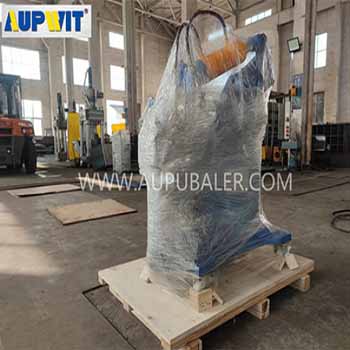The thickness of metal plates that a metal shear can cut depends on multiple factors, including the type of shear, the metal being cut, and the size and quality of the blades.
For common metal shears used in general workshops or light industrial applications, they usually can handle materials up to 3/8” (about 9.53mm) thick. However, there are also more powerful models with enhanced capabilities. For example, some industrial-grade metal shears are designed to cut thick steel plates up to 1” (about 25.4mm) thick. These industrial shears are equipped with larger and more robust blades, as well as more powerful driving mechanisms to generate sufficient force for cutting thick metals.
The type of metal also significantly affects the cutting thickness. Softer metals like aluminum are relatively easier to cut. Most electric shears can cut through aluminum up to 1/4” (about 6.35mm) thick. While for harder metals such as stainless steel, the cutting thickness is often more restricted. Some computer numerical control (CNC) shears can cut stainless steel materials up to 1/2” (about 12.7mm) thick. But in general, shearing stainless steel requires more powerful equipment due to its higher strength and toughness.
Moreover, the size and design of the shear blades play a crucial role. Larger and sharper blades with proper hardness can cut thicker plates. If the blades are not sharp enough or are too small for the thickness of the metal, the shear may struggle to cut through or cause damage to the blades.
In addition, for specialized applications, there are customized metal shears that can achieve even greater cutting thicknesses. For instance, in the recycling industry, some heavy-duty metal shears are designed to cut thick metal scraps. There are reports of metal shears capable of cutting plates with thicknesses ranging from 30mm - 200mm, depending on the specific model and manufacturer.









